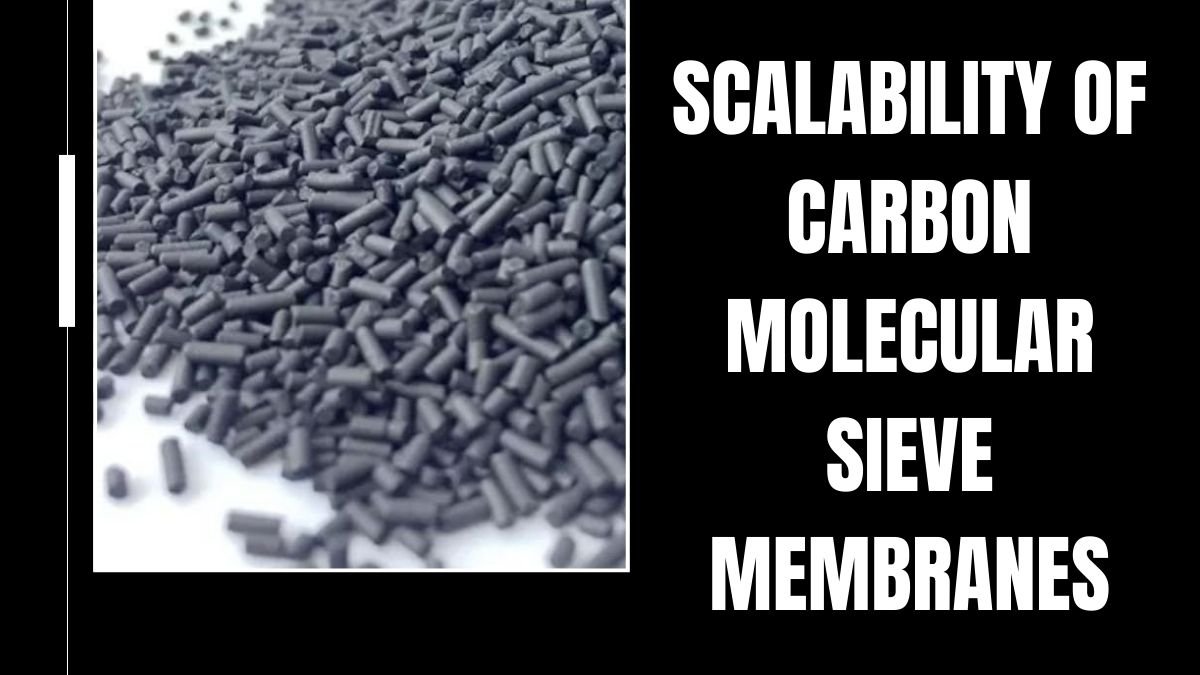Carbon Molecular Sieve Membranes (CMSMs) are an emerging revolutionary innovation in modern membrane technology. Conventional polymeric membranes are often subject to a limitation called the Robeson Upper Bound. This limitation dictates that there will be a trade-off between the permeability and selectivity of the membrane—if one increases, the other decreases. But CMSMs are not bound by this limitation. They have the potential to deliver high performance in both permeability and selectivity, and this is why they are being considered as the technology of the future for gas separation, industrial processes, and energy-efficient solutions.
CMSMs vs. Polymeric Membranes: Technical Differences
Polymeric membranes, which are widely used today for gas and liquid separation, are generally limited in terms of temperature and chemical resistance. Their performance can degrade rapidly in high temperatures or aggressive chemical environments. In contrast, CMSMs are made of carbon-based structures, which makes them stable under high temperatures, pressures and harsh chemical conditions.
- Temperature tolerance:
- Up to about 200°C in air separation.
- Up to about 400°C in CO₂ separation.
- Up to temperatures above 500°C in the separation of small molecules such as H₂ and He.
- Chemical resistance: The structure of CMSMs does not deteriorate even in aggressive chemicals, gases and high-pressure environments.
Thus, from a technological point of view, CMSMs can prove useful where conventional polymeric membranes fail quickly.
Manufacture of CMSMs and importance of materials
The manufacture of CMSMs can be relatively economical as abundantly available and inexpensive raw materials can be used for this. Natural polymers such as cellulose are considered to be its major precursors. The manufacturing process usually consists of the following steps:
- Precursor preparation: selection and purification of natural or synthetic polymers.
- Membrane fabrication: molding the polymers to specific shapes and thicknesses.
- Carbonization: conversion of polymers to carbon in a controlled atmosphere and temperature, thereby creating micropores in the membrane.
- Post-treatment: chemical or thermal treatment to stabilize the surface and enhance selectivity.
The size of these pores is so microscopic that only the desired gas molecules are able to pass through, thereby greatly increasing selectivity.
Economical perspective and scalability potential
The success of any technology at the industrial level is determined not only by its performance but also by its cost-effectiveness. CMSMs are promising in this regard:
- Low-cost raw material: Sources such as cellulose are available everywhere.
- Longevity: No need for frequent replacement due to long life.
- Low operating costs: Energy consumption in gas separation is low due to high selectivity and permeability.
If large-scale production of CMSMs becomes possible, this technology can become an economically viable option for industrial gas purification, the chemical industry, and environmental solutions.
Applications in Gas Separation
The potential applications of CMSMs are wide-ranging:
- Separation of oxygen and nitrogen from air: To obtain pure oxygen or nitrogen for medical, metallurgical, and industrial processes.
- Carbon dioxide removal: To reduce emissions from power plants and industrial units.
- Hydrogen purification: For hydrogen fuel cells and refinery processes.
- Helium recovery: To reuse helium due to limited natural reserves.
Because of their functionality even at high temperatures and in harsh conditions, CMSMs can provide reliable solutions for long periods of time.
Current challenges in commercialization
Even though CMSMs are technically attractive, there are still some major hurdles in their commercial production:
- Scalability: It is difficult to maintain quality from laboratory to large-scale production.
- Manufacturing complexity: Precise temperature and atmosphere control is required during carbonization and post-treatment.
- Industry confidence: Industries need long-term field data and performance evidence before making large investments.
Future directions and research opportunities
In the future, to make CMSMs scalable and market-ready, research needs to focus on the following points:
- Automated manufacturing processes: To achieve consistent quality and high production rates.
- Use of new precursors: To find materials that offer lower cost and higher performance.
- Hybrid membranes: Combining CMSMs with other advanced technologies.
- Long-term testing: To increase confidence in their performance under real industrial conditions.
Conclusion
Carbon molecular sieve membranes are a technology in the world of gas separation that holds significant potential not only in terms of performance but also from sustainability and economic perspectives. However, issues such as scalability and manufacturing complexity remain a barrier to its large-scale adoption. But if research and industrial collaborations overcome these challenges, CMSMs can become a major means of energy-efficient and environmentally friendly gas purification in the coming years.
